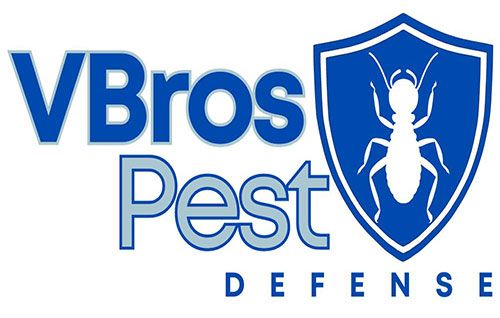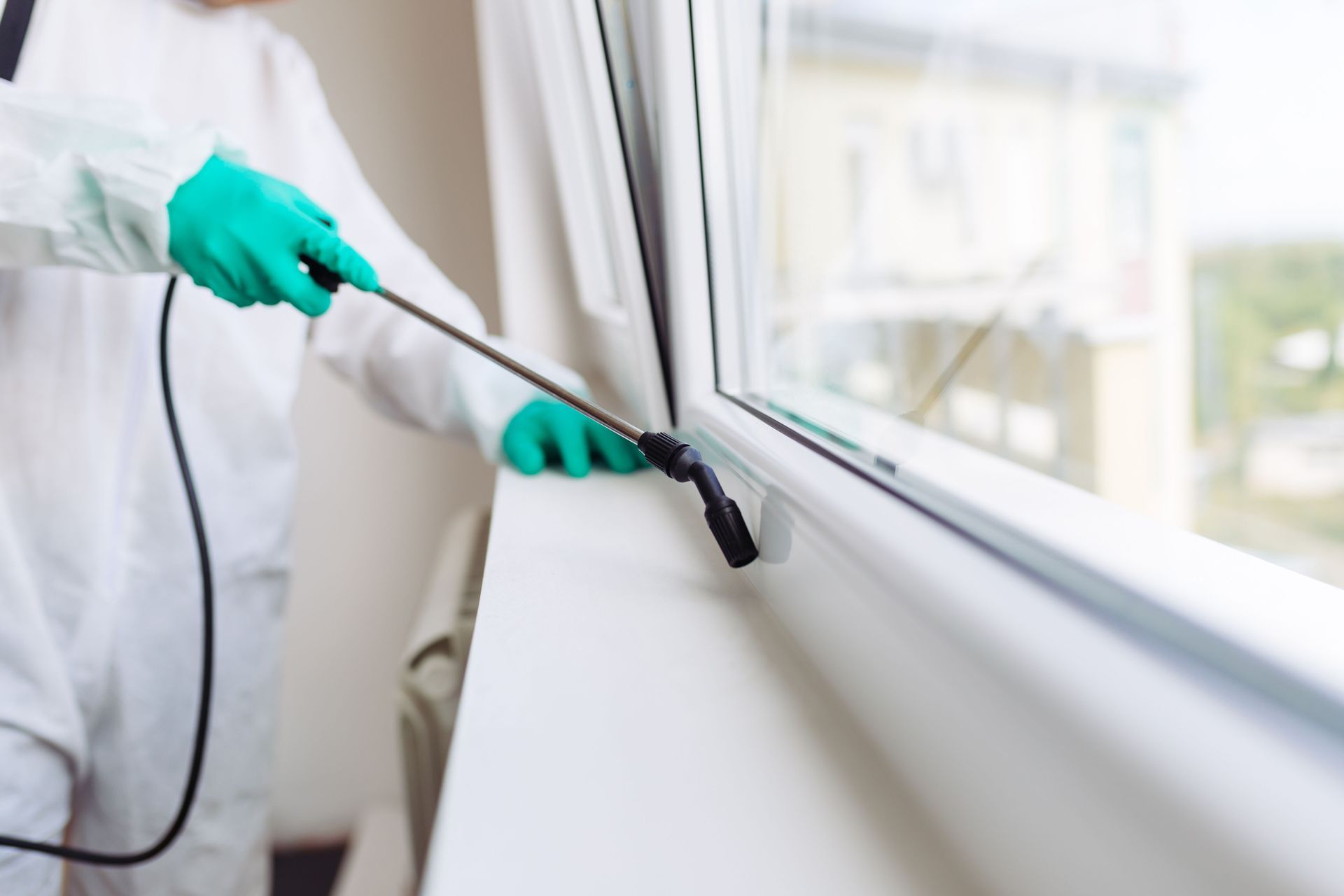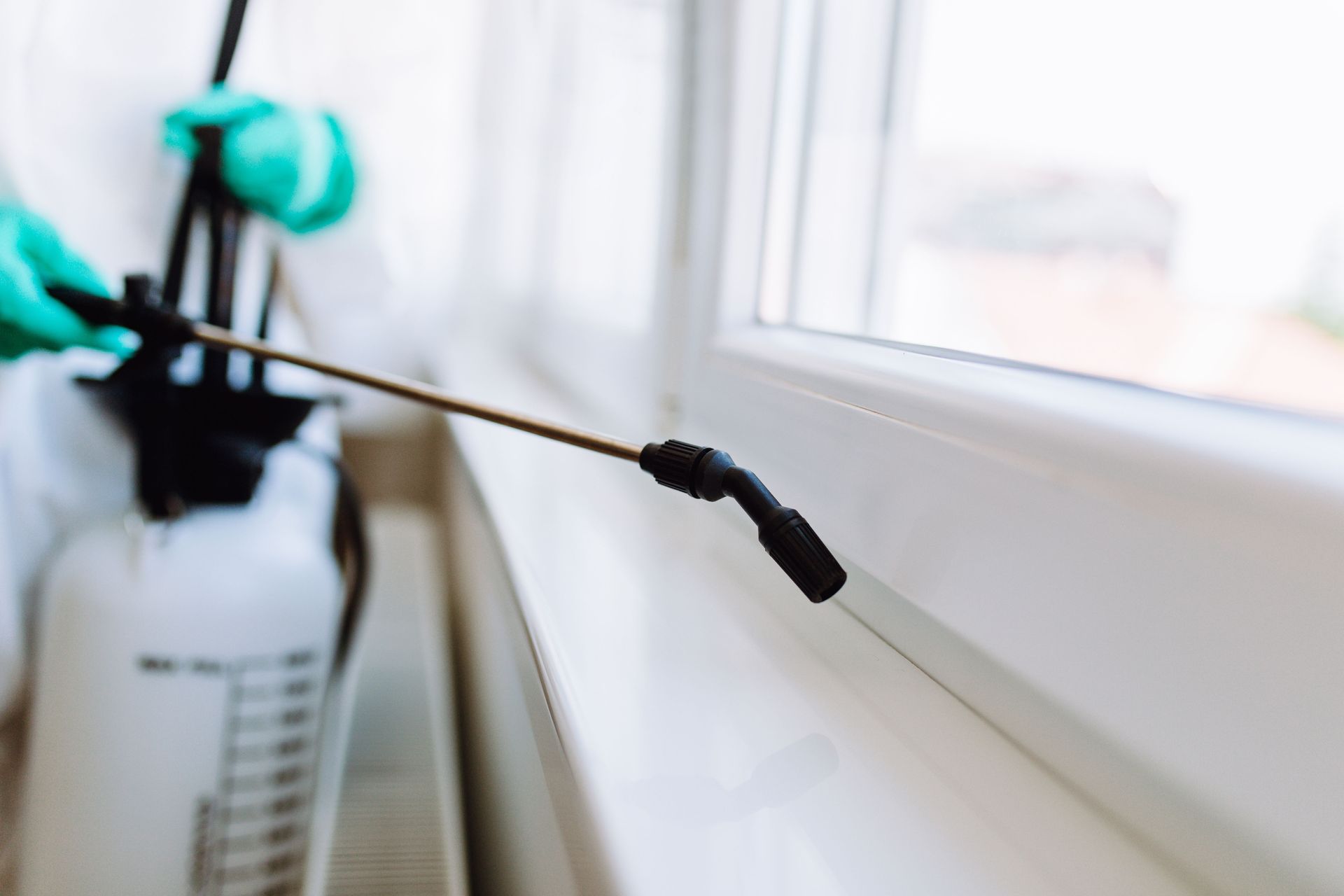Don’t Ignore These 3 Warning Signs of a Pest Infestation
Understanding the warning signs of a pest infestation in your home or workplace is crucial for maintaining a safe and healthy environment. Many individuals overlook the subtle indicators until a major problem arises. This article aims to outline the crucial signs you should never ignore to prevent an infestation from escalating. Proactive pest management is crucial given the fact that approximately 10 million U.S. households face pest-related issues each year, according to Gitnux. Early detection can save property owners significant time and financial resources while safeguarding their health. Keep reading to learn about signs of an infestation and reasons why you should hire professional pest control.
1. Unusual Pest Sightings
1.1 Spotting the Intruders
Occasional encounters with pests could indicate a larger problem lurking beneath the surface. An unexpected sighting of cockroaches in a clean kitchen or ants parading through the living room suggests that these pests have breached your property's defenses. When sightings become frequent, it is a potential sign of an infestation that might worsen if unchecked. Ignoring these pests can lead to severe structural damage and health issues. Property owners should be vigilant about such sightings, as early intervention can prevent a minor issue from becoming a major headache.
1.2 Recognizing Seasonal Pest Patterns
Pests tend to vary with the seasons; understanding this pattern can help in recognizing abnormal increases in pest sightings during off-seasons. For example, seeing insects such as mosquitoes during colder months could signify that they are breeding within the property. Seasonal knowledge assists in predicting pest behavior and planning effective mitigation strategies. Observing these patterns helps in differentiating between a seasonal surge and an atypical infestation. Engaging professional pest control services can assist property owners in managing these seasonal pests effectively.
1.3 Monitoring Daytime and Nighttime Activity
Certain pests are more active during the night. Seeing pests during the daytime can be a strong indicator of an infestation. Nocturnal pests like cockroaches and rodents normally hide during daylight hours, so daytime appearances can signal overcrowded nests. Such sightings imply that the infestation has reached a level where the pests cannot hide effectively within their usual time frame. Hence, detecting daytime activity calls for immediate action to investigate and address the underlying pest problem.
1.4 Observing Aggressive Pest Behavior
Unusually aggressive or bold pest behavior suggests that their numbers might have emboldened them, signaling a larger infestation issue. Pests normally shy away from human contact, but desperation due to overcrowding makes them more daring. Such behavior can be observed in mice and rats that come out into open spaces more frequently. This boldness may result in an even greater level of risk to property and safety, as these pests begin invading living spaces aggressively. Professional pest control services can mitigate this issue by assessing and handling the infestation promptly.
1.5 Identifying Multiple Pest Species
Finding different types of pests within your property could signify a broken ecosystem, making it a haven for multiple pest species. When an environment becomes conducive for one pest kind, it often becomes attractive to others. Multiple pest types suggest that your property may offer accessible food, water, and shelter. For instance, the presence of both cockroaches and rodents could mean deteriorating hygiene conditions. Property owners need to take a holistic approach to address the issue, as mere single pest extermination might provide only temporary relief.
2. Physical Damage to Structures
2.1 Checking for Chewed Wiring and Insulation
Rodents in particular are notorious for chewing on electrical wires and insulation, which can become a major safety hazard. This behavior not only leads to expensive repairs but also poses a significant fire risk. Rats and mice gnaw to keep their teeth from overgrowing, often targeting wires for their softness. Homeowners frequently overlook this as a potential sign of an infestation. Regular inspection of wiring and insulation for bite marks and nibbles is essential to prevent catastrophic failures.
2.2 Examining Furniture and Fixtures for Gnaw Marks
Furniture and wooden fixtures showing signs of gnawing are indicative of rodents or termites present in your home. Termites can weaken wooden frames significantly, while rodents might gnaw on almost anything in sight, including non-food materials. Such damage deteriorates the aesthetics and integrity of a home or office space. Keeping an eye out for these signs enables early intervention and helps avoid hefty repair bills. Engaging pest control experts can help assess and treat the infestation effectively before more extensive or expensive damage occurs.
2.3 Watching for Holes and Cracks in Walls
Pests often create small holes or take advantage of existing cracks in walls, making these a common entry point. Such openings serve as gateways to nesting sites and are often hard to detect behind furniture or appliances. Overlooked, these gaps can become heavily trafficked pest highways. Regular visual checks, particularly in infrequently visited areas, can help detect such entrances. Sealing up cracks promptly can deter pests from entering, thus stopping the cycle in different areas.
2.4 Inspecting Attics and Basements
Pests frequently nest in attics and basements due to their undisturbed environment and accessibility. Such spaces can act as hideaways during storms, hot, or cold weather. Rodents, bats, and insects use these secluded areas for breeding, which often leads to infestations. Regular inspections of these areas are crucial for identifying droppings, nests, and other pest evidence. Ensuring these spaces are clean, well-sealed, and devoid of clutter is vital for pest prevention.
2.5 Checking Outdoor Structures
Don’t neglect garages, sheds, or decks, as they are susceptible to pest habitation and can give insight into the severity of an infestation. Tools and items stored in these areas can become nests without regular checks. Such outdoor structures, often less frequented, become ideal habitats, creating a spillover effect into the main building. Regularly moving and cleaning stored items discourages pest dwelling. Promptly addressing signs of pest presence in these structures prevents migration and intensification of infestation indoors.
3. Strange Odors
3.1 Detecting Musty or Stale Smells
A musty, stale odor can indicate a pest inhabitance, commonly from rodents or the decomposition of pests. The smell may emanate from hidden, dying matter within walls or floors. Regular inspection is requisite to catching these threats early. Detecting these smells can act as an early alert to initiate pest control procedures. Removing dead pests swiftly leads to healthier air quality and averts further pest accumulation.
3.2 Noticing Pungent or Oily Odors
Cockroaches emit a very distinct musty and oily smell. If noticed, it’s a clear sign that immediate action is needed. This odor is produced by the pheromones used in cockroach communication signaling. Ignoring such odors can lead to exacerbation of infestations. Identifying and addressing the smell through extermination and sanitation practices secures the household’s hygiene effectively.
3.3 Recognizing Scent Marks from Rodents
Rodents mark their territory with urine, creating a recognizable smell in affected areas. The pungent odor often attracts more rodents, compounding the infestations. It is typically accompanied by noticeable droppings, nibbled food packaging, and gnaw marks. Property owners need to clean and deodorize affected areas while implementing preventative measures. Trapping and removing these pests ensures the home remains safe and clean.
Proactively identifying signs of a pest infestation can save property owners time, money, and health concerns. Early detection empowers individuals to take immediate and decisive action to mitigate infestation risks. Pay attention to these warning signs as a safeguard against potential pest-related disasters, ensuring a safe and comfortable living or working environment. Establishing methodical pest problem analysis aligns both practical and governmental framework policies for long-lasting protection. Educational methods and illustrative property protection mechanisms enhance preventative command exponentially. If you're looking for a reliable pest control service, make sure to contact VBros Pest Defense today!



Share On: